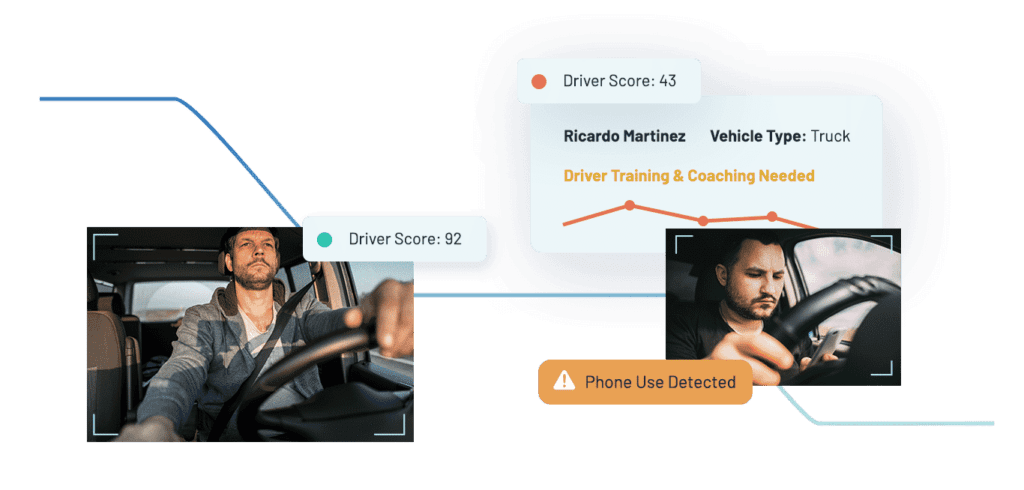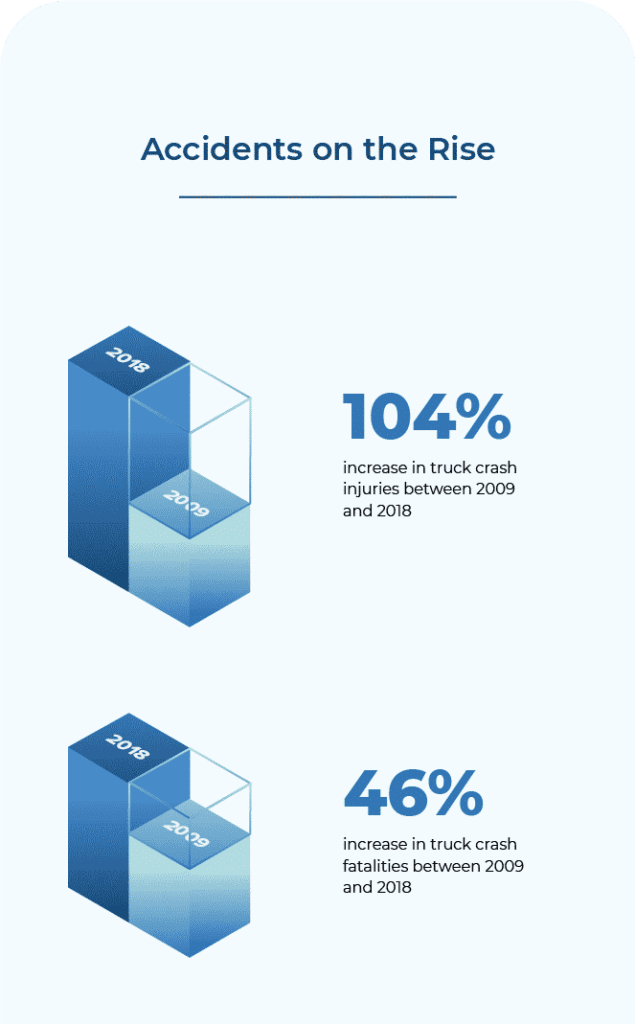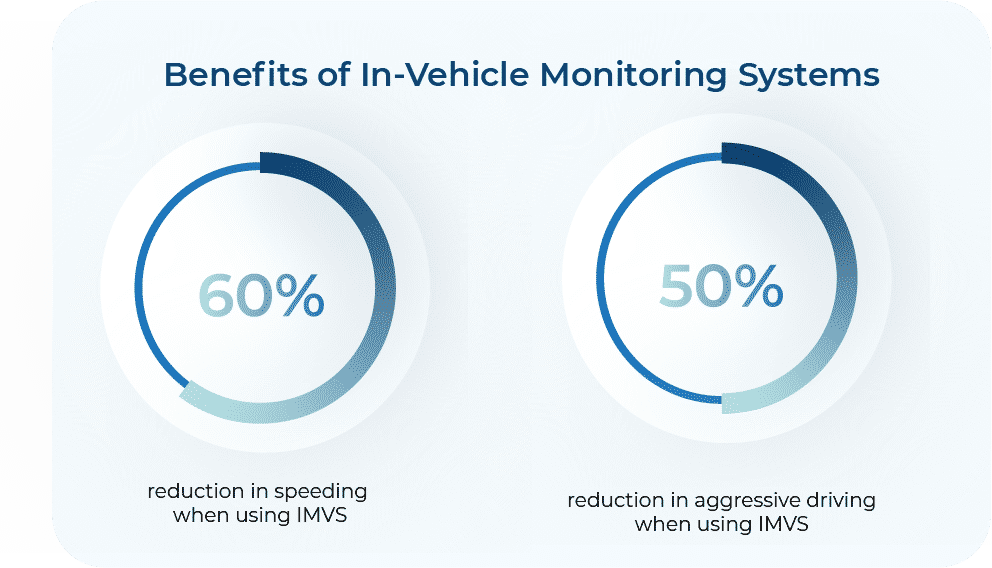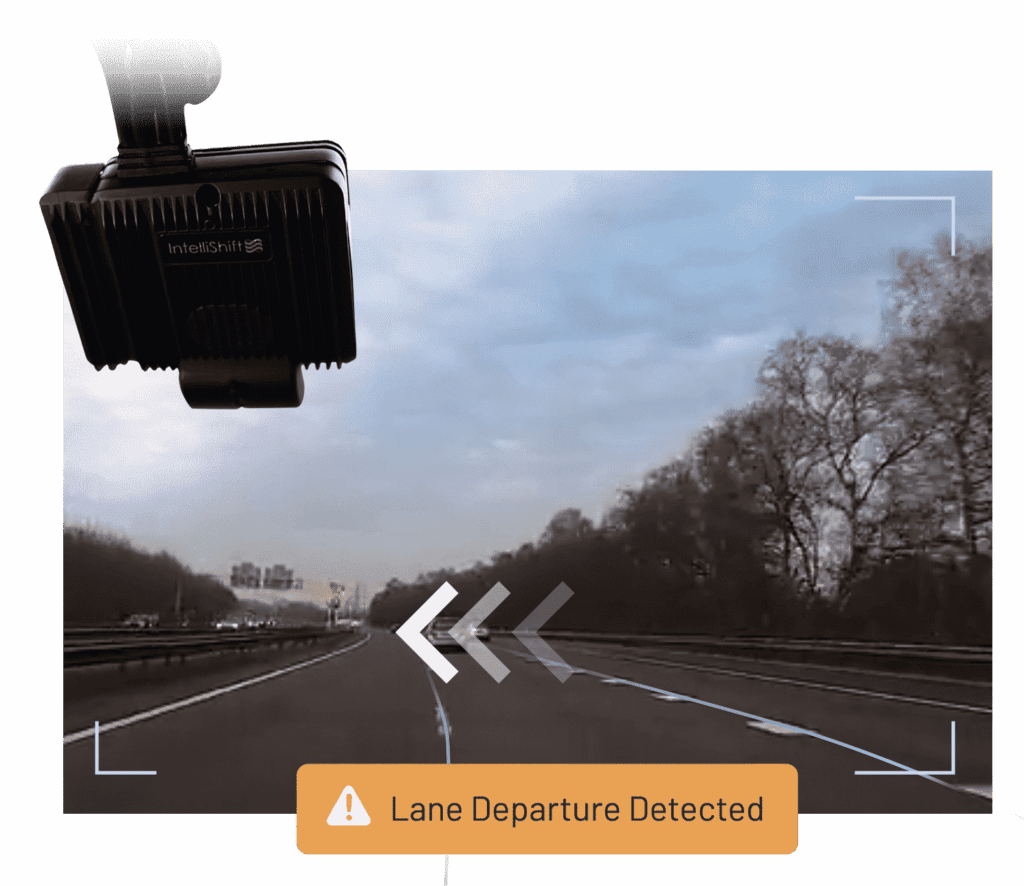Everything You Need to Know about Fleet Safety Programs
Ensuring the health and safety of your employees is a big responsibility. And for businesses with a workforce and vehicles on the road, the safety of your drivers is at stake every day.
To manage it all, you probably have a set of KPIs you track each month. And if you’re like most fleet leaders, you’re achieving varying levels of success against your targets. You need to lower operational costs, stay compliant with regulations, improve driver behavior, and even reduce the cost of insurance premiums.
If that sounds like a tall order, don’t worry. A comprehensive fleet safety program doesn’t have to be complicated. It’s about building a step-by-step path to your goals. So, get ready to up your safety game. Here’s a collection of everything you need to know about fleet safety programs.
What is a Fleet Safety Program?
A fleet safety program establishes the policies, procedures and technology necessary to improve driver safety, reduce fleet costs, and optimize vehicle performance.
An effective fleet safety program is developed as part of a strategic, company-wide initiative. It includes a set of written safety policies (governing driver behavior, vehicle use, maintenance and compliance procedures) and the technologies that help you enact them.

The combination of policies and technology enables real-time management and allows you to make measurable progress toward fleet safety goals.

Why is fleet safety important?
Safety is important for any company, but for companies with a mobile operation, it’s critical. The health and safety of your workforce, community and business is at stake every day.
Without an effective fleet safety program, your drivers are vulnerable to accidents and injuries. This leaves your business open to vehicle downtime, higher insurance costs, legal fees, and can damage your brand.
According to data from the U.S. Department of Transportation National Highway Traffic Safety Administration (NHTSA), the Truck Safety Coalition reports that between 2009 and 2018, truck crash injuries increased by 104% and fatalities rose 46%.
What are the elements of a fleet safety program?
A comprehensive fleet safety program includes several key components that work together to maximize safety across your operation. We cover the essential elements in depth, but here are a few of the most important components to get you started:
- Written fleet safety policies and procedures
- Proactive driver coaching and training
- Digital vehicle inspections
- Automated maintenance reporting
- An all-in-one safety technology solution
What is fleet safety certification?
A fleet safety certification indicates a fleet driver or manager has taken defensive driving and safety education courses. Courses are available online or in-person depending on your preferences and the training program you choose.
There are many ways to become fleet safety certified, both for you and your drivers. Building certification into your hiring and training processes will have impact the success of your driver safety program.
What is a CSA score?
A company’s CSA score (Compliance, Safety and Accountability) is determined by the Federal Motor Carrier Safety Administration (FMCSA) as part of its safety enforcement program.
CSA scores are updated monthly and include information related to inspections, violations, accident reports and investigations. The score is also weighted based on factors including time since an event, severity, and total fleet vehicles and miles traveled.
The CSA score impacts fleets and drivers because it identifies drivers and organizations that have safety issues. It’s critically important that you learn how to find and improve your fleet’s CSA score.
How to Optimize Your Fleet Safety Program?
To optimize your fleet safety program, build out a technology stack that provides context for the state of your broader fleet operations. This helps you identify the strengths, weaknesses and gaps in your program. It also allows you to analyze what leads to common incidents, and then identify actionable steps to improve.

The various components of safety technology work together to provide the insight needed to run a safe and efficient operation. Using data from telematics, ADAS, collision avoidance systems, dash cams, inspections and so on, you see everything happening when your drivers are on the road.
What are fleet dash cams?
Fleet dash cams are in-cab cameras that record video footage while your vehicles are on the road. There are many types of fleet dash cams, but they are typically dual-facing – one dash camera faces the roadway the other the driver. Together, the dash camera system provides a 360-degree view to give full visibility when drivers are behind the wheel. And according to a study by the Journal of Safety Research, dual-facing dash cams reduce safety incidents by 60%, and accident-related costs by 86%.

Using a fleet dash cam solution, fleet and safety managers can see exactly what happens on the road. Then they can verify safe driver behavior and gain important visual context into incidents and accidents, when they occur. The data from dash cams can also be used to find cost-saving opportunities and protect drivers from false liability claims.
But with all the rapidly changing technology out there, you’ll need to learn what to look for when selecting the right dash cam solution for your drivers and vehicles.
What are fleet safety analytics?
Fleet safety analytics takes the data from telematics and safety systems and identifies trends that impact your safety goals. Using fleet safety data, organizations can track specific metrics and set KPIs, allowing them to evaluate performance across the fleet.
Organizations capture data from functions like inspections, maintenance, fuel management, and driver and vehicle performance. When tracked and monitored, they give insight into the performance of each area. The biggest improvements, however, come from unifying all these data streams. When you do this, you’re able to perform deep fleet analysis across functions. With better visibility, you learn how different behaviors and activities impact each other – and how they impact safety.
For example, rapid acceleration and harsh braking provide data help you improve fuel efficiency, but they correlate with accidents. Adding context from in-cab video shows you the training steps you need to take to optimize driver performance.
What are driver scorecards?
Driver scorecards are a key component of an effective fleet safety program. According to a report by the FMCSA, speeding is the number one, and distraction is the number two, cause of driver related large truck fatal accidents recorded between 2016 and 2018. Impairment such as fatigue, failure to stay in the lane, and following improperly are all in the top ten. Configurable driver scorecards enable you to set thresholds and trigger alerts for these and other critical safety events tracked by your telematics and video-based safety solution.

Driver scorecards provide a means to measure driver behaviors – for individual drivers and your fleet overall. This means you can take targeted strides toward correcting improper behavior, and rewarding the drivers that are improving.
How does driver coaching work?
Driver coaching is the education and training conducted in order to continuously improve driver performance and safety. Through a combination of formal training, one-on-one coaching sessions and in-cab coaching, drivers learn best practices for defensive driving.
The driver coaching process also makes drivers aware of negative or distracted behaviors that increase the risk of an accident or violation. Driver coaching includes open, two-way communication and uses video telematics data to support growth and reward improvement.
Who is responsible for fleet safety?
To be successful, everyone in the organization has to take responsibility for their part in safety. But establishing a company-wide safety culture starts at the top. It’s important for company leaders to show commitment to improving safety through their actions, resources, policies and goals. A visible commitment to a fleet safety programs is just as important as productivity and profitability.
Large organizations typically have a Safety Director or Safety Manager who oversees safety initiatives and tracking the right KPIs. Either way, fleet and operations managers also play a key role in safety outcomes. This is because all aspects of the operation contribute to overall safety.



![Episode 50 Thumbnail Erin celebrates building the fleet community with 50 episodes and 11K followers on LinkedIn [Podcast]](https://intellishift.com/wp-content/uploads/2021/05/MicrosoftTeams-image-5.jpg)



